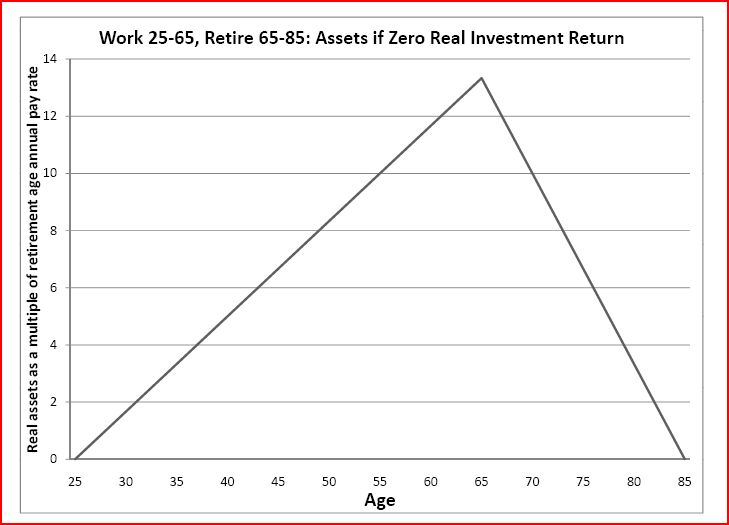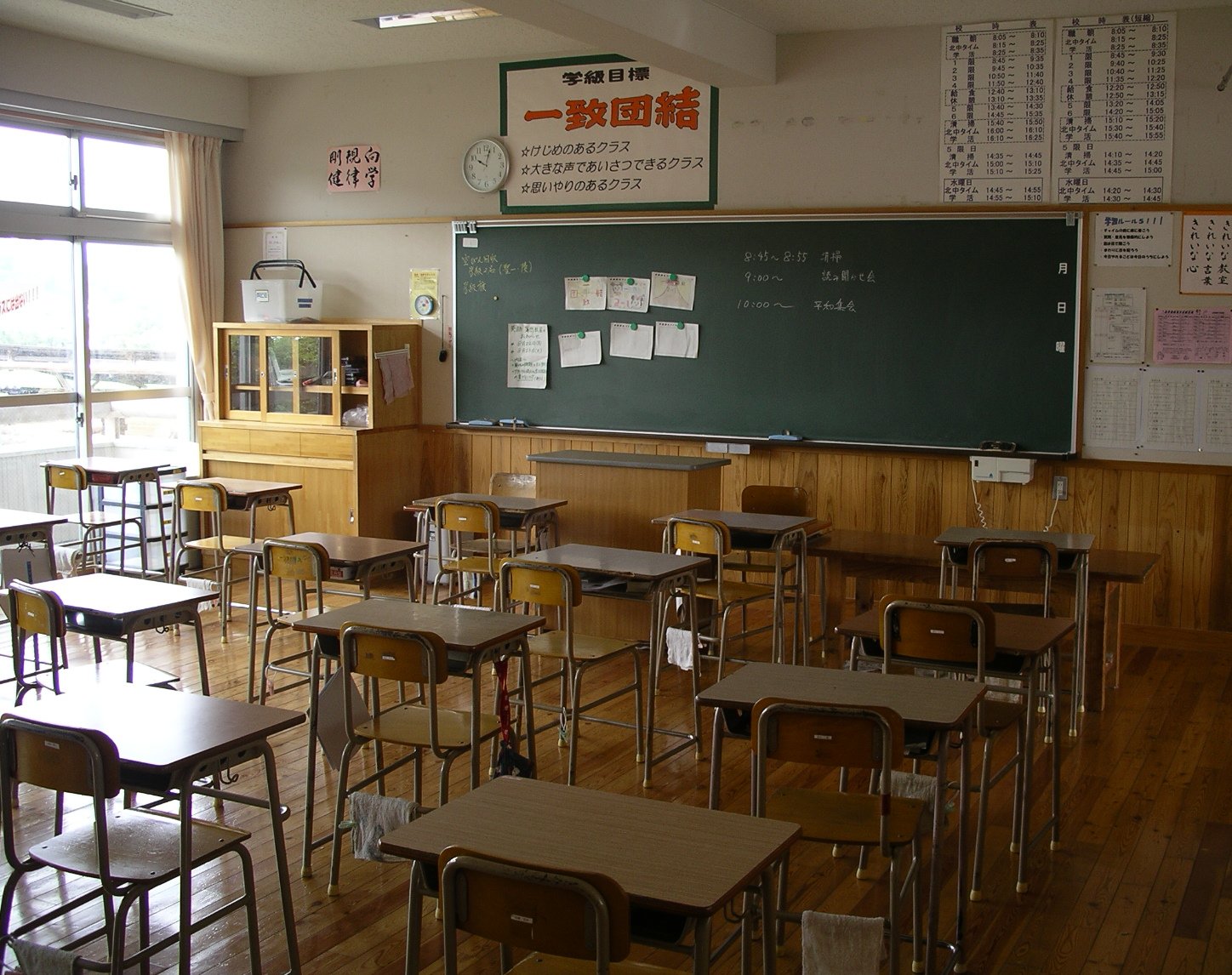|
Kōichi Kodama
is a retired Japanese professional shogi player who achieved the rank of 8-dan. Early life Kōichi Kodama was born in Kitakyushu, Fukuoka Prefecture on February 21, 1951. As a high school student, he was a member of a team that won the team competition of the 4th in 1968, and later went on to represent Fukuoka Prefecture in the . In October 1971, Kodama was accepted into the Japan Shogi Association's apprentice school at the rank of 3-kyū under the guidance of shogi professional . He was promoted to the rank of 1-dan in 1974 and finally obtained full professional status and the rank of 4-dan in January 1980. Promotion history Kodama's promotion history is as follows: * 1971: 3-kyū * 1974: 1-dan * 1980, January 7: 4-dan * 1983, April 1: 5-dan * 1985, April 1: 6-dan * 1996, January 18: 7-dan * 2011, August 10: retirement * 2016, April 1: 8-dan Awards and honors Kodama received the following Japan Shogi Association Annual Shogi Awards during his career: the Kōzō Mas ... [...More Info...] [...Related Items...] OR: [Wikipedia] [Google] [Baidu] |
Kitakyushu
is a Cities of Japan, city located in Fukuoka Prefecture, Japan. As of June 1, 2019, Kitakyushu has an estimated population of 940,978, making it the second-largest city in both Fukuoka Prefecture and the island of Kyushu after the city of Fukuoka. It is one of Japan's 20 Cities designated by government ordinance of Japan, designated cities, one of three on Kyushu, and is divided into seven Wards of Japan, wards. Kitakyushu was formed in 1963 from a merger of municipalities centered on the historic city of Kokura, and its name literally means "North Kyushu City" in Japanese. It is located at the northernmost point of Kyushu on the Kanmon Straits, separating the island from Honshu, across from the city of Shimonoseki. Kitakyushu and Shimonoseki are connected by numerous transport links including the Kanmon Bridge and the Kanmon Tunnel (other), Kanmon Tunnels. Kitakyushu's Urban Employment Area forms part of the Fukuoka-Kitakyushu, Fukuoka-Kitakyushu Greater Metropolitan ... [...More Info...] [...Related Items...] OR: [Wikipedia] [Google] [Baidu] |
Annual Shogi Awards
The Annual Shogi Awards (将棋大賞 ''shōgi taishō'') are a number of prizes awarded yearly by the Japan Shogi Association to professional and amateur shogi players who have achieved particular success. The first Annual Shogi Awards were presented in 1974. Winners Below is a table of the awards given and the award winners for each year. Kōzō Masuda Awards The Kōzō Masuda Award (升田幸三賞 ''Masuda Kōzō shō'') and the Kōzō Masuda Special Prize (升田幸三賞特別賞 ''Masuda Kōzō shō takubetsu shō'') are two prizes awarded to professional or amateur players who have made an outstanding contribution to the development and evolution of shogi openings by way of innovation or excellence in shogi theory or tactics. The awards are named after the innovative player, Kōzō Masuda. The Masuda Award is given out yearly since 1995 while the Masuda Special Prize is awarded infrequently. Winners Masuda Award * 1995 (22nd Annual Shogi Awards) Kunio Naitō for the S ... [...More Info...] [...Related Items...] OR: [Wikipedia] [Google] [Baidu] |
Professional Shogi Players From Fukuoka Prefecture
A professional is a member of a profession or any person who works in a specified professional activity. The term also describes the standards of education and training that prepare members of the profession with the particular knowledge and skills necessary to perform their specific role within that profession. In addition, most professionals are subject to strict codes of conduct, enshrining rigorous ethical and moral obligations. Professional standards of practice and ethics for a particular field are typically agreed upon and maintained through widely recognized professional associations, such as the IEEE. Some definitions of "professional" limit this term to those professions that serve some important aspect of public interest and the general good of society.Sullivan, William M. (2nd ed. 2005). ''Work and Integrity: The Crisis and Promise of Professionalism in America''. Jossey Bass.Gardner, Howard and Shulman, Lee S., The Professions in America Today: Crucial but Fragile. Da ... [...More Info...] [...Related Items...] OR: [Wikipedia] [Google] [Baidu] |
Retired Professional Shogi Players
Retirement is the withdrawal from one's position or occupation or from one's active working life. A person may also semi-retire by reducing work hours or workload. Many people choose to retire when they are elderly or incapable of doing their job due to health reasons. People may also retire when they are eligible for private or public pension benefits, although some are forced to retire when bodily conditions no longer allow the person to work any longer (by illness or accident) or as a result of legislation concerning their positions. In most countries, the idea of retirement is of recent origin, being introduced during the late-nineteenth and early-twentieth centuries. Previously, low life expectancy, lack of social security and the absence of pension arrangements meant that most workers continued to work until their death. Germany was the first country to introduce retirement benefits in 1889. Nowadays, most developed countries have systems to provide pensions on retirement ... [...More Info...] [...Related Items...] OR: [Wikipedia] [Google] [Baidu] |
Living People
Related categories * :Year of birth missing (living people) / :Year of birth unknown * :Date of birth missing (living people) / :Date of birth unknown * :Place of birth missing (living people) / :Place of birth unknown * :Year of death missing / :Year of death unknown * :Date of death missing / :Date of death unknown * :Place of death missing / :Place of death unknown * :Missing middle or first names See also * :Dead people * :Template:L, which generates this category or death years, and birth year and sort keys. : {{DEFAULTSORT:Living people 21st-century people People by status ... [...More Info...] [...Related Items...] OR: [Wikipedia] [Google] [Baidu] |
Japanese Shogi Players
Japanese may refer to: * Something from or related to Japan, an island country in East Asia * Japanese language, spoken mainly in Japan * Japanese people, the ethnic group that identifies with Japan through ancestry or culture ** Japanese diaspora, Japanese emigrants and their descendants around the world * Japanese citizens, nationals of Japan under Japanese nationality law ** Foreign-born Japanese, naturalized citizens of Japan * Japanese writing system, consisting of kanji and kana * Japanese cuisine, the food and food culture of Japan See also * List of Japanese people * * Japonica (other) * Japonicum * Japonicus * Japanese studies Japanese studies (Japanese: ) or Japan studies (sometimes Japanology in Europe), is a sub-field of area studies or East Asian studies involved in social sciences and humanities research on Japan. It incorporates fields such as the study of Japanese ... {{disambiguation Language and nationality disambiguation pages ... [...More Info...] [...Related Items...] OR: [Wikipedia] [Google] [Baidu] |
Crab Silvers
The Crab Silvers (カニカニ銀 ''kani kani gin'') is a shogi opening. It is a type of Rapid Attack Fortress opening, used mostly when playing Black (sente). It is often classified as a trap opening. It was created by professional shogi player Kōichi Kodama, for which he received the prestigious Kōzō Masuda Award in 2003. Overview Due to the large amount of freedom of the rook to enter into the game, finding ways to attack even in the middle of a Rapid Attack Fortress has quite the merit. Unlike the Double-Silver Rapid Attack Fortress, king and gold don't move at all from their initial position (Sitting king). In the fifth movement, rather than pushing P-66, the silver is pushed to S-77. Instead of opting not to push the rook pawn from Fortress, White (gote) will play S-33 following Black's rook pawn being pushed to P-25, which will be followed by ▲S-48, ▲P-56, ▲S-57, ▲S-46. After that, if White (gote) were to push the pawn in the 5th file, the rook will go to the ... [...More Info...] [...Related Items...] OR: [Wikipedia] [Google] [Baidu] |
Professional Shogi Player
A professional shogi player (将棋棋士 ''shōgi kishi'' or プロ棋士 ''puro kishi'' "professional player") is a shogi player who is usually a member of a professional guild of shogi players. There are two categories of professional players: regular professional and women's professional. All regular professional shogi players are members of the Japan Shogi Association (JSA). However, only regular professional players, who are all male, are considered to be full-fledged members. Women's professional players belong to groups distinct from regular professional players. In Japanese, the term 棋士 ''kishi'' only refers to regular professional players to the exclusion of women's professionals, who are termed 女流棋士 ''joryū kishi.'' History During the Edo period (1603-1868), shogi followed an iemoto system centered around three families (schools): the , the and the . Titles such as Meijin were hereditary and could only be held by members of these three families. These ... [...More Info...] [...Related Items...] OR: [Wikipedia] [Google] [Baidu] |
Fukuoka Prefecture
is a Prefectures of Japan, prefecture of Japan located on the island of Kyūshū. Fukuoka Prefecture has a population of 5,109,323 (1 June 2019) and has a geographic area of 4,986 Square kilometre, km2 (1,925 sq mi). Fukuoka Prefecture borders Saga Prefecture to the southwest, Kumamoto Prefecture to the south, and Ōita Prefecture to the southeast. Fukuoka is the capital and largest city of Fukuoka Prefecture, and the largest city on Kyūshū, with other major cities including Kitakyushu, Kurume, and Ōmuta, Fukuoka, Ōmuta. Fukuoka Prefecture is located at the northernmost point of Kyūshū on the Kanmon Straits, connecting the Tsushima Strait and Seto Inland Sea across from Yamaguchi Prefecture on the island of Honshu, and extends south towards the Ariake Sea. History Fukuoka Prefecture includes the Old provinces of Japan, former provinces of Chikugo Province, Chikugo, Chikuzen Province, Chikuzen, and Buzen Province, Buzen. Shrines and temples Kōra taisha, Sumiyoshi-jinja, ... [...More Info...] [...Related Items...] OR: [Wikipedia] [Google] [Baidu] |
Secondary Education In Japan
Secondary education in Japan is split into junior high schools (中学校 ''chūgakkō''), which cover the seventh through ninth grade, and senior high schools (高等学校 ''kōtōgakkō'', abbreviated to 高校 ''kōkō''), which mostly cover grades ten through twelve. Junior high school Lower-secondary schools cover grades seven, eight, and nine. Ages are roughly 12-15 with increased focus on academic studies. Although it is possible to leave the formal education system after completing lower secondary school and find employment, fewer than 4% did so by the late 1980s. Most junior high schools in the 1980s were government-funded public schools; 5% were private schools. At ¥552,592 ($3,989 USD) per pupil, private schools had a per-student cost that was four times as high as public schools, at ¥130,828 ($934 USD). The minimum number of school days in a year is 210 in Japan, compared to 180 in the United States. A significant part of the school calendar is taken up by non- ... [...More Info...] [...Related Items...] OR: [Wikipedia] [Google] [Baidu] |
Japan Shogi Association
The , or JSA, is the primary organizing body for professional shogi in Japan. The JSA sets the professional calendar, negotiates sponsorship and media promotion deals, helps organize tournaments and title matches, publishes shogi-related materials, supervises and trains apprentice professionals as well as many other activities. History For much of its early history, shogi followed an iemoto system centered around three families (schools): the , the and the . The Meijin title was hereditary and could only be held by members of these three families. These three schools were supported by the Tokugawa shogunate and thus controlled the professional shogi world up until 1868 when the Meiji Restoration began. By the time , the eighth and last head of the Itō school and the 11th Hereditary Meijin, had died in 1893, the influence of the families had decreased to such an extent that they had no real power at all. In 1921, there were three groups of professional players in the Tokyo ar ... [...More Info...] [...Related Items...] OR: [Wikipedia] [Google] [Baidu] |





